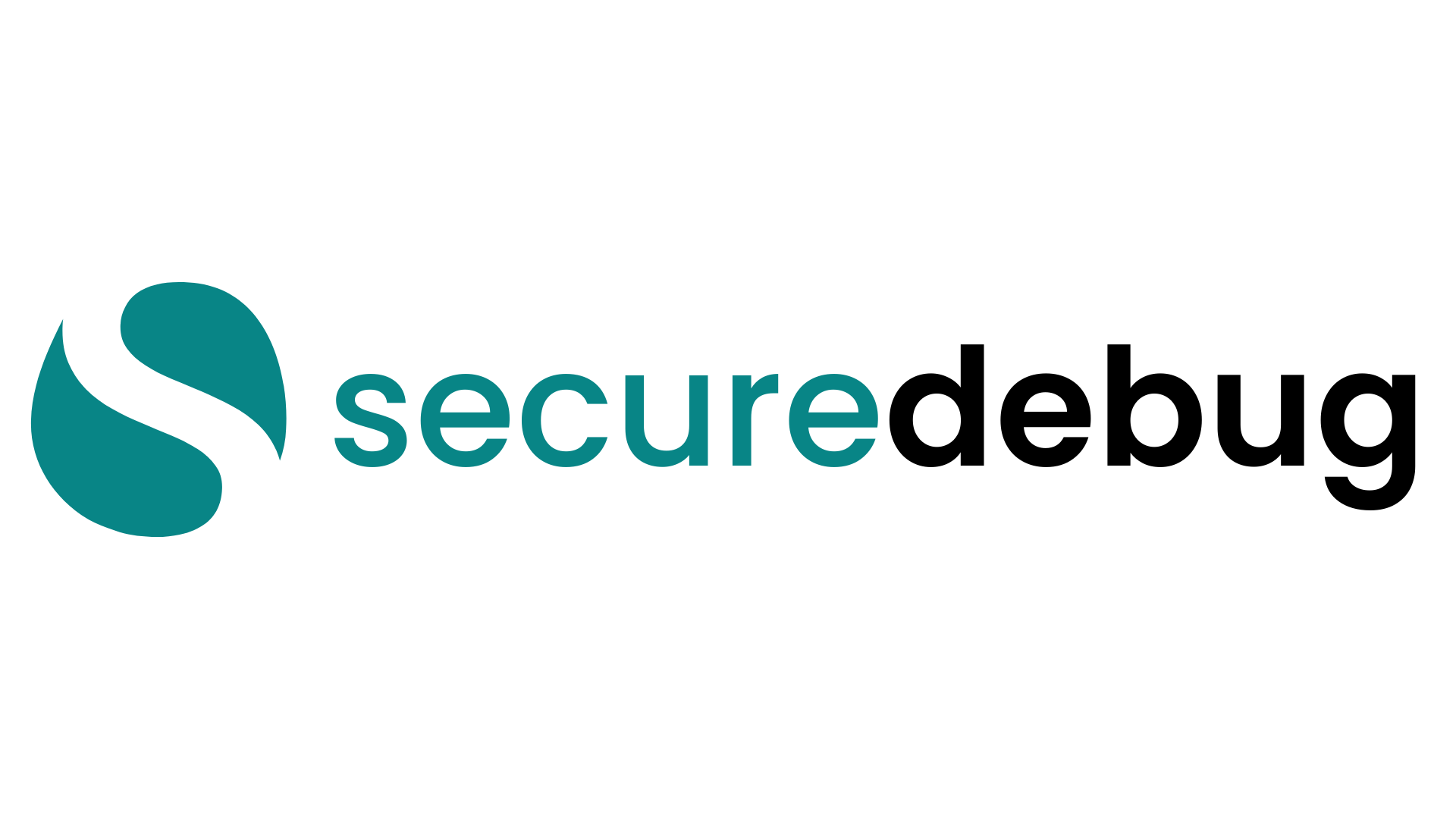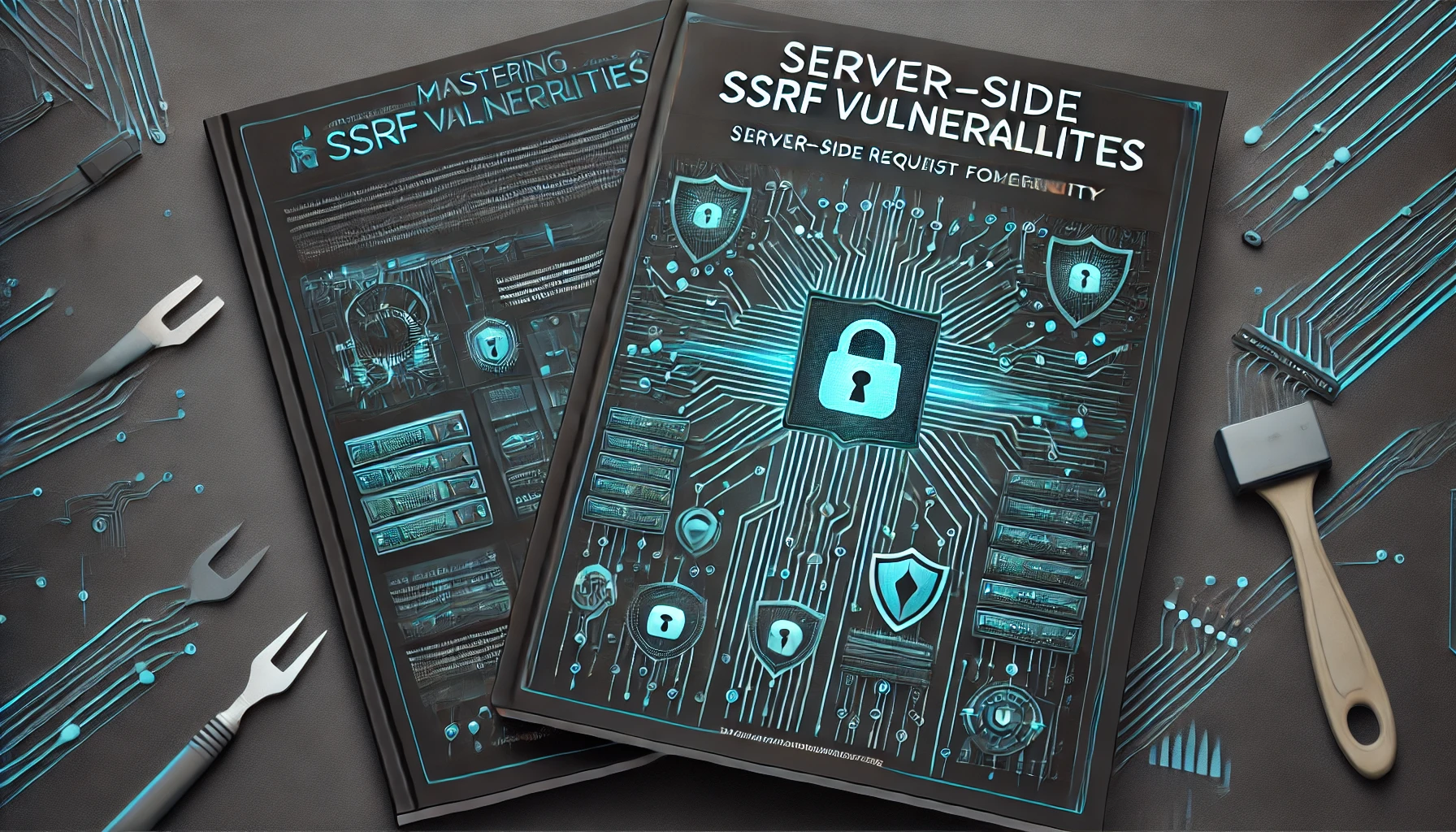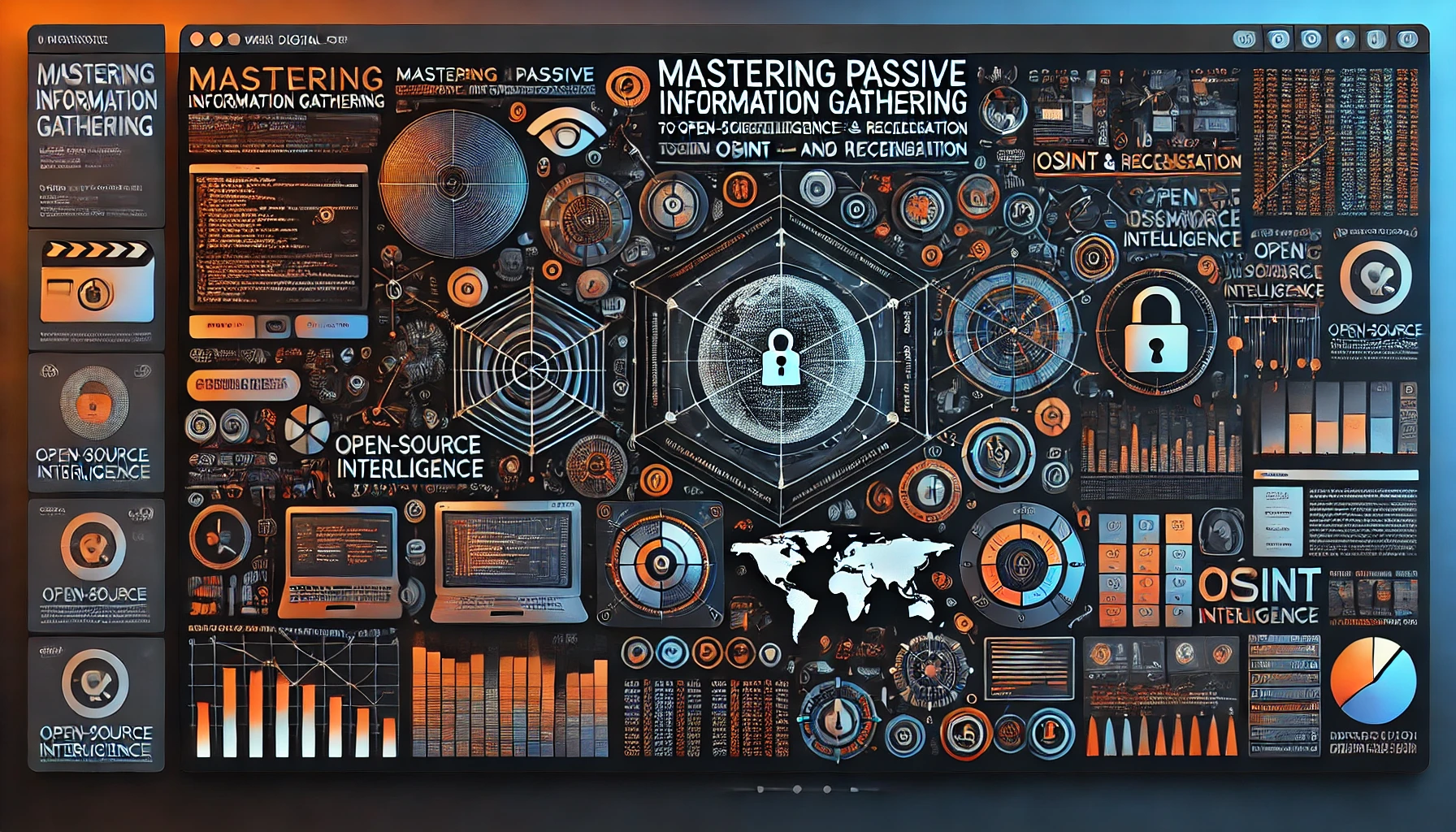
Java, renowned for its platform independence, robustness, and extensive ecosystem, powers a wide array of applications—from enterprise solutions and web services to Android mobile apps and IoT devices. However, as the prevalence of Java applications increases, so does the incentive for attackers to exploit security weaknesses. Ensuring secure coding practices in Java from the ground up is crucial for protecting sensitive data, maintaining system integrity, and complying with regulatory standards.
This comprehensive guide delves deep into secure coding in Java, exploring fundamental principles, industry standards, secure libraries and frameworks, common pitfalls, and best practices. Whether you are a Java developer, security professional, architect, or DevSecOps engineer, this guide aims to enhance your knowledge and implementation of secure coding techniques in Java applications.
1. Introduction to Secure Coding in Java
1.1 Understanding the Importance of Secure Java Development
Java has consistently ranked as one of the most popular programming languages for decades, powering enterprise backends, Android apps, and various systems that handle sensitive data. As adversaries evolve their techniques, adhering to secure coding practices in Java is critical.
Key Points:
- Ubiquity of Java: Increases the potential attack surface.
- Data Sensitivity: Java apps often handle financial, personal, or healthcare data.
- Regulatory Requirements: Various compliance standards necessitate strong security controls.
1.2 Common Security Risks and Threats
- Injection Flaws (SQL, LDAP, NoSQL): Exploiting user input to manipulate queries.
- Insecure Deserialization: Attackers can deliver malicious serialized objects to compromise the system.
- Cross-Site Scripting (XSS) and CSRF: Affect Java-based web applications, potentially stealing session tokens or user data.
- Misconfigured Servers: Tomcat, Jetty, or WildFly misconfigurations leading to unauthorized access.
1.3 The Role of Secure Coding in the SDLC
Integrating security throughout the Software Development Lifecycle (SDLC):
- Early Detection: Identify security flaws in design and implementation phases.
- Reduced Costs: Fixing issues early is cheaper than after deployment.
- Compliance and Trust: Meeting standards and maintaining user confidence.
2. Fundamentals of Secure Coding Principles
2.1 Confidentiality, Integrity, and Availability (CIA Triad)
- Confidentiality: Protect sensitive data from unauthorized disclosure.
- Integrity: Ensure data consistency and prevent unauthorized modifications.
- Availability: Keep systems and data accessible to authorized users.
2.2 Least Privilege and Defense-in-Depth
- Least Privilege: Components and users should have only the minimal permissions needed.
- Defense-in-Depth: Multiple layers of security controls mitigate the impact of a single layer’s failure.
2.3 Shift-Left Security and DevSecOps Practices
- Integrate security tests and reviews early (shift-left).
- DevSecOps: Blend development, security, and operations for continuous security assurance.
3. Java Security Architecture and Ecosystem
3.1 JVM and Bytecode Security
- JVM Sandbox: Historically enforced by the Security Manager (deprecated in newer versions of Java).
- Bytecode Verification: Ensures bytecode adheres to language rules, reducing memory corruption risks.
3.2 Java Security Manager (Deprecated)
- Once a key feature for sandboxing untrusted code.
- With modern Java, Security Manager is being phased out; rely on other controls.
3.3 Java Platform Security Features (JCA, JCE, JAAS)
- JCA (Java Cryptography Architecture): Framework for cryptographic operations.
- JCE (Java Cryptography Extension): Extends JCA with strong encryption.
- JAAS (Java Authentication and Authorization Service): Framework for authentication and authorization.
3.4 Java Editions and Security Implications
- Java SE: Core features; apply secure coding within standard libraries.
- Jakarta EE (Formerly Java EE): Enterprise frameworks with built-in security capabilities.
- Java ME: Constrained environments require memory and resource-sensitive security approaches.
4. Secure Coding Standards and Guidelines
4.1 OWASP Secure Coding Practices
- OWASP Top Ten: Addresses common web application security risks.
- OWASP Cheat Sheets: Detailed best practices for injection prevention, session management, etc.
4.2 CERT Oracle Coding Standards for Java
- Guidance from CERT focusing on secure coding principles.
- Covers error handling, concurrency, object-oriented principles, and more.
4.3 NIST Guidelines and ISO/IEC Standards
- NIST SP 800-53: Security and privacy controls for federal information systems.
- ISO/IEC 27034: Guidelines for secure application development.
4.4 Industry-Specific Regulatory Requirements
- PCI DSS: Protecting payment card data.
- HIPAA: Safeguarding healthcare information.
- GDPR: Ensuring data privacy for EU citizens.
5. Common Security Pitfalls in Java Applications
5.1 Injection Attacks
- SQL Injection: Avoid string concatenation; use parameterized queries.
- NoSQL and LDAP Injection: Validate and sanitize inputs.
- Command Injection: Restrict user input and use safe APIs.
5.2 Cross-Site Scripting (XSS)
- Output Encoding: Use frameworks that handle encoding (e.g., OWASP Java Encoder).
- HTML Sanitization: Strip malicious scripts from user-generated content.
5.3 Cross-Site Request Forgery (CSRF)
- CSRF Tokens: Include anti-CSRF tokens in forms and verify them on the server.
- SameSite Cookies: Use SameSite attributes to prevent cross-site token sending.
5.4 Insecure Deserialization
- Whitelisting Classes: Limit what classes can be deserialized.
- Use Safe Serialization Libraries: Consider alternatives like Jackson for JSON rather than native serialization.
5.5 Insufficient Logging and Monitoring
- Structured Logging: Include essential security-related events.
- Secure Log Storage: Protect logs from tampering and unauthorized access.
- Real-Time Monitoring: Integrate SIEM solutions to detect anomalies.
5.6 Hardcoded Credentials and Secrets
- Secrets Management Tools: Store credentials in Vaults or cloud KMS.
- Environment Variables: Avoid embedding secrets in code or config files.
6. Secure Input Handling and Validation
6.1 Input Validation Strategies
- Whitelisting: Accept only known good patterns.
- Blacklisting (Not recommended): Attempt to block bad patterns, often incomplete.
6.2 Using Bean Validation (JSR 380)
- Annotations (e.g., @NotNull, @Size): Validate fields automatically.
- Custom Validators: Implement custom logic for complex input.
6.3 Safely Handling File Uploads and Arguments
- File Upload Security: Validate file types, size limits, and store outside webroot.
- Command-Line Arguments: Validate and sanitize arguments passed to the JVM.
6.4 Protecting Against Path Traversal
- Canonicalize Paths: Normalize file paths before validation.
- Whitelist Allowed Directories: Ensure accessed files reside in predetermined directories.
7. Authentication, Authorization, and Session Management
7.1 Password Storage and Hashing
- Use strong, salted hashing functions (bcrypt, PBKDF2, Argon2).
- Avoid storing plaintext or MD5/SHA-1 hashed passwords.
7.2 Multi-Factor Authentication (MFA)
- Implement MFA with TOTP, hardware keys, or mobile push notifications.
- Integrate with identity providers supporting MFA.
7.3 Role-Based Access Control (RBAC)
- Assign permissions based on roles, not individuals.
- Regularly review roles and privileges.
7.4 Secure Session Management
- Use HttpOnly and Secure cookies.
- Enforce session timeouts and regenerate session IDs after login.
8. Encryption and Cryptography in Java
8.1 Java Cryptography Architecture (JCA) and Java Cryptography Extension (JCE)
- Leverage standard APIs for encryption, decryption, and key management.
- Avoid custom crypto unless absolutely necessary.
8.2 Selecting Strong Algorithms
- AES-256 GCM: Strong symmetric encryption.
- RSA or ECC: Use for key exchange and digital signatures.
- Avoid weak or deprecated algorithms (RC4, DES, MD5).
8.3 Key Management and Secure RNG
- Use java.security.SecureRandom for cryptographic operations.
- Protect private keys and implement secure key rotation.
8.4 Common Crypto Pitfalls
- Avoid ECB mode (no padding), weak ciphers, and static IVs.
- Validate cryptographic parameters and handle exceptions properly.
9. Secure Communication and Networking
9.1 TLS/SSL in Java
- Configure JSSE for secure sockets.
- Use TLS 1.2 or higher and strong cipher suites.
- Validate certificates and implement HostnameVerifier for SSL connections.
9.2 Preventing Man-in-the-Middle Attacks
- Pin certificates or public keys where possible.
- Avoid TrustManagers that blindly trust all certificates.
9.3 Using HTTP Strict Transport Security (HSTS)
- In web apps, set HSTS headers to enforce HTTPS-only connections.
9.4 Rate Limiting and Throttling
- Implement rate limiting for API endpoints to mitigate brute-force attacks.
10. Secure Frameworks and Libraries
10.1 Spring Security
- Comprehensive security framework for authentication, authorization.
- Leverage pre-built filters, CSRF protection, and method-level security.
10.2 Apache Shiro
- Simpler alternative for auth, session management, and cryptography.
- Flexible configuration for web and non-web environments.
10.3 Jakarta EE Security
- Java EE / Jakarta EE built-in security modules (JASPIC, JACC).
- Container-managed security simplifies authN and authZ.
10.4 Dependency-Check Tools
- OWASP Dependency-Check: Identify vulnerable libraries.
- Snyk or Nexus IQ: Continuous scanning of dependencies.
11. Protecting Against Injection and Serialization Attacks
11.1 Safe Database Access
- Use Prepared Statements or Named Parameters.
- Validate inputs and limit the size of queries.
11.2 Secure ORM Mappings
- Use JPA/Hibernate safely by controlling lazy loading and restricting updates.
11.3 JSON and XML Serialization Security
- Limit the set of deserializable types (e.g., via Jackson’s ObjectMapper).
- Apply strict schemas for XML/JSON parsing.
11.4 Avoiding Native Java Serialization
- Prefer JSON, XML, or other formats over native Java serialization.
- If necessary, whitelist classes and use lookups to prevent RCE exploits.
12. Web and REST API Security
12.1 Securing RESTful Services
- OAuth 2.0, OIDC, and JWT for secure API authentication and authorization.
- Validate all incoming JSON data.
12.2 Content Security Policies (CSP)
- Add CSP headers to mitigate XSS.
- Restrict sources of scripts and styles.
12.3 CORS Considerations
- Set appropriate CORS headers to control cross-origin requests.
- Limit allowed origins and methods.
12.4 Rate Limiting and Throttling
- Use libraries like Bucket4j to enforce request limits.
- Protect APIs from brute-force and denial-of-service attacks.
13. Java Application Hardening and Deployment Security
13.1 Securing Application Servers
- Disable unnecessary connectors in Tomcat, Jetty, or WildFly.
- Apply security patches and keep server software updated.
13.2 Environment Hardening
- Run applications as non-root users.
- Use SELinux/AppArmor policies to contain damage.
13.3 Reducing Attack Surface
- Remove unused services and endpoints.
- Avoid verbose error messages that reveal sensitive information.
13.4 Logging and Log Injection Prevention
- Sanitize user input before logging.
- Use structured logging formats (JSON logs) for better analysis.
14. Secure Build and CI/CD Integration
14.1 Integrating Security Tools into Builds
- Integrate SAST (SonarQube, FindSecBugs) into Maven/Gradle builds.
- Fail builds if critical security issues are found.
14.2 Dynamic and Interactive Testing
- Automate DAST and IAST scans in staging environments.
- Perform security checks before production deployments.
14.3 Artifact Repository Security
- Sign artifacts and verify signatures in CI/CD pipelines.
- Use private repositories and role-based access for artifact management.
15. Compliance and Regulatory Considerations
15.1 GDPR and Personal Data Protection
- Anonymize or pseudonymize personal data where possible.
- Implement data retention and deletion policies.
15.2 PCI DSS for Payment Data
- Encrypt cardholder data.
- Restrict access to card data environment (CDE).
- Regularly test for vulnerabilities.
15.3 HIPAA Requirements for Healthcare
- Ensure PHI is encrypted and access controlled.
- Maintain audit trails and breach notification processes.
15.4 Industry-Specific Guidelines
- Financial, government, and other sectors may have additional rules.
- Align with industry frameworks (ISO 27001, COBIT) where applicable.
16. Incident Response and Disaster Recovery
16.1 Incident Response Planning
- Define roles, responsibilities, and communication plans.
- Conduct tabletop exercises and update plans regularly.
16.2 Backup and Recovery Strategies
- Regularly back up critical data (RDB and AOF for persistence in Java-based caching).
- Test restore procedures to ensure data integrity after incidents.
16.3 Post-Incident Activities
- Perform root cause analysis.
- Update code and configurations based on lessons learned.
- Improve controls to prevent recurrence.
17. Case Studies and Real-World Examples
17.1 High-Profile Breaches in Java Environments
- Analyzing how misconfigurations, outdated libraries, or injection flaws led to incidents.
- Extracting key remediation actions.
17.2 Enterprise-Scale Java Security Implementations
- Large organizations adopting DevSecOps and passwordless solutions.
- Success measured by reduced vulnerabilities and faster incident response.
17.3 Lessons Learned
- Early detection saves costs.
- Continuous training and awareness are essential.
- Regular auditing and testing prevent complacency.
18. Future Trends in Java Security
18.1 Project Panama and GraalVM
- Native images and their security implications.
- Memory safety and new JDK enhancements.
18.2 Post-Quantum Cryptography
- Preparing for quantum-resistant algorithms in Java security libraries.
- Migrating away from legacy cryptographic primitives.
18.3 Serverless Java Applications
- Adapting secure coding for FaaS (Functions-as-a-Service).
- Secure deployment in ephemeral, stateless environments.
18.4 AI-Assisted Secure Coding
- AI-based code analysis tools for real-time vulnerability detection.
- Intelligent recommendations and auto-fixes for code issues.
19. Conclusion
Securing Java applications requires a holistic approach that integrates secure coding principles, robust authentication and authorization mechanisms, proper encryption, and adherence to compliance requirements. By applying best practices, leveraging secure frameworks, and integrating security tools into the CI/CD pipelines, developers can significantly reduce the risk of vulnerabilities and breaches.
Key Takeaways:
- Adopt secure coding standards from the start.
- Utilize modern authentication methods and cryptographic APIs.
- Continuously monitor and update dependencies and configurations.
- Integrate security into every stage of the development and deployment process.
With the guidance provided in this comprehensive guide, organizations can build resilient, compliant, and trustworthy Java applications that stand up against evolving cyber threats.
20. Frequently Asked Questions (FAQs)
Q1: Is Java inherently secure or do I need additional measures?
A1: Java provides a strong foundation and security features, but secure coding, configuration, and adherence to best practices are still essential. The JVM and standard APIs help, but you must actively implement security measures.
Q2: How can I test my Java applications for vulnerabilities?
A2: Use SAST, DAST, and IAST tools integrated into CI/CD pipelines, perform code reviews, and conduct regular penetration tests to identify and remediate security issues.
Q3: Are Java frameworks like Spring automatically secure?
A3: While frameworks like Spring Security simplify and standardize security practices, developers must properly configure them and remain vigilant about upgrades, patches, and best practices.
Q4: How often should I update dependencies and libraries?
A4: Continuously monitor dependencies with tools like OWASP Dependency-Check. Update as soon as critical vulnerabilities are reported to minimize exposure.
Q5: Can secure coding alone guarantee compliance with regulations?
A5: Secure coding is a vital component, but compliance also requires proper policies, documentation, incident response plans, and ongoing audits.
21. References and Further Reading
- OWASP Java Security Project: https://owasp.org/www-project-java-security/
- CERT Oracle Coding Standard for Java: https://wiki.sei.cmu.edu/confluence/display/java/
- NIST SP 800-53: https://csrc.nist.gov/publications/detail/sp/800-53/rev-5/final
- Java Cryptography Architecture (JCA) Reference Guide: https://docs.oracle.com/javase/8/docs/technotes/guides/security/crypto/CryptoSpec.html
- Spring Security Reference: https://spring.io/projects/spring-security
- FindSecBugs: https://find-sec-bugs.github.io/
- SonarQube Security Analysis: https://www.sonarqube.org/features/security/
- OWASP Top Ten: https://owasp.org/www-project-top-ten/
- CIS Benchmarks for Java and JEE: https://www.cisecurity.org/cis-benchmarks/
- Nexus IQ / Snyk / Dependency-Check Documentation: https://owasp.org/www-project-dependency-check/
Stay Connected with Secure Debug
Need expert advice or support from Secure Debug’s cybersecurity consulting and services? We’re here to help. For inquiries, assistance, or to learn more about our offerings, please visit our Contact Us page. Your security is our priority.
Join our professional network on LinkedIn to stay updated with the latest news, insights, and updates from Secure Debug. Follow us here







